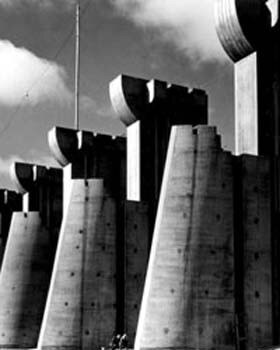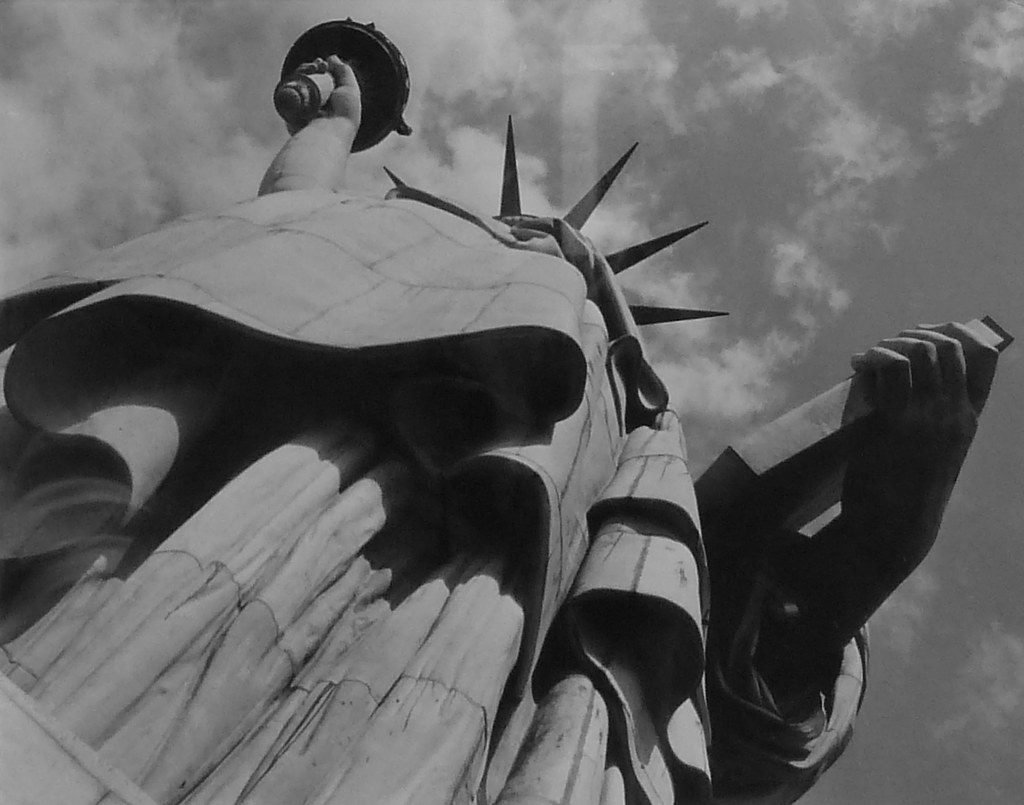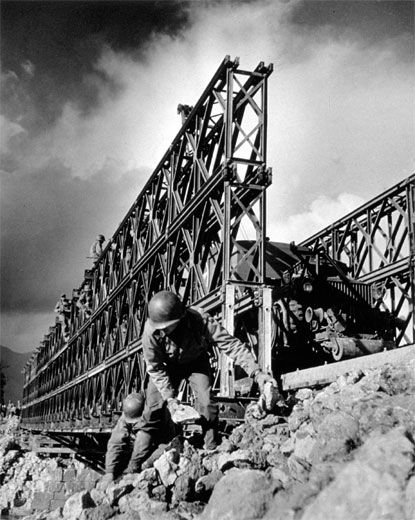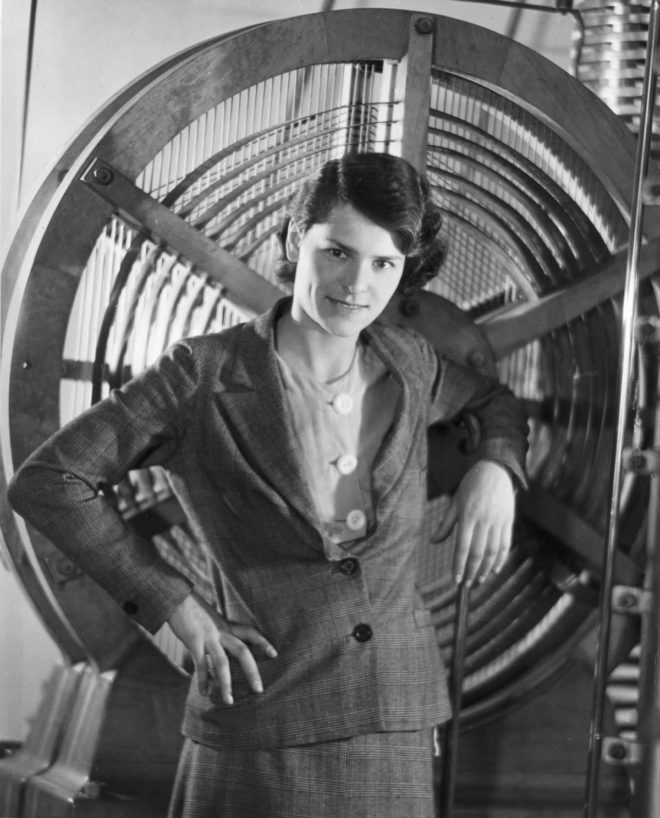
Margaret was born in America in 1904 and died in 1971. She was a photographer and documentary photographer. Being a documentary photographer allowed her to see the changes in the world in terms of technology and industry. She also took pictures during the second world war, meaning she had to witness the horrors and torture that people were put through. Bourke-White was the first known female war correspondent and the first woman to be allowed to work in combat zones during world war 2. In 1941, she traveled to the soviet union just as Germany broke its pact of non-aggression. She was the only foreign photographer in Moscow when German forces invaded.
She is best known as the first foreign photographer permitted to take pictures of Soviet industry under the Soviet’s five year plan,the first American female war photojournalist, and having one of her photographs (the construction of Fort Peck Dam) on the cover of the first issue of life magazine.
Margaret Bourke-White lived the life most of us only dream about. Well, maybe only photographers dream about. But to live life as fully as she did, could only inspire the uninspirable.
Image analysis
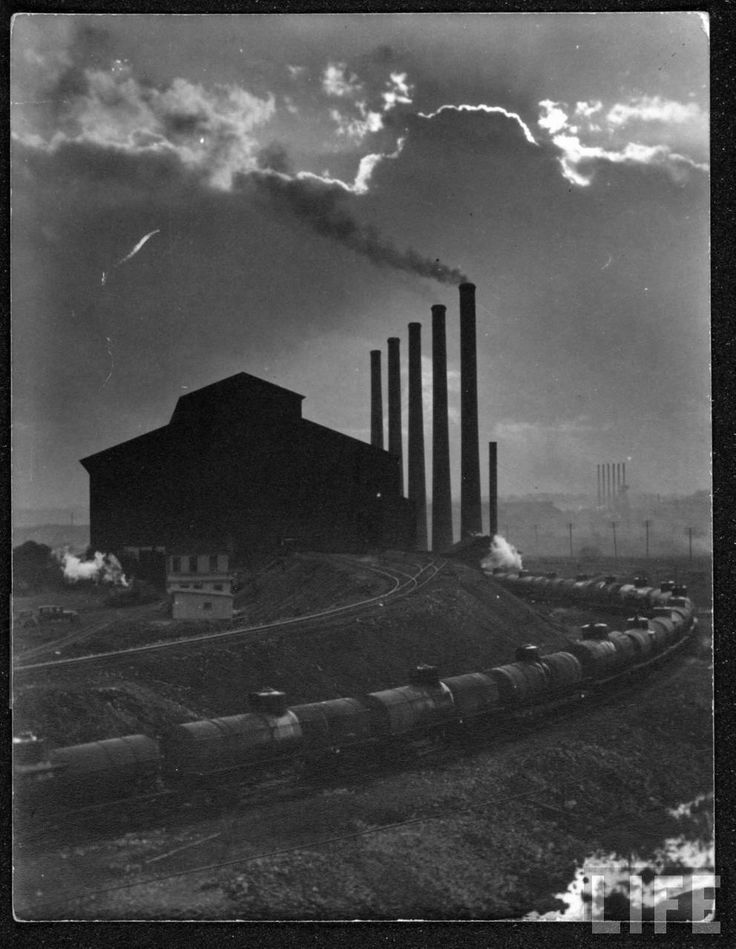
The image is in black and white which could highlight the fact that the air is polluted because of the smoke coming out of all the factories and trains. The fact that there is very little contrast in the whole image emphasises the fact that there is little light visible to those that live in the house in the centre of the image. The lack of contrast also emphasises the lack of change in people’s lives each day. All they did was work, go home and work again. This is what happens now, however, working conditions were much poorer in the 1930s compared to nowadays.


